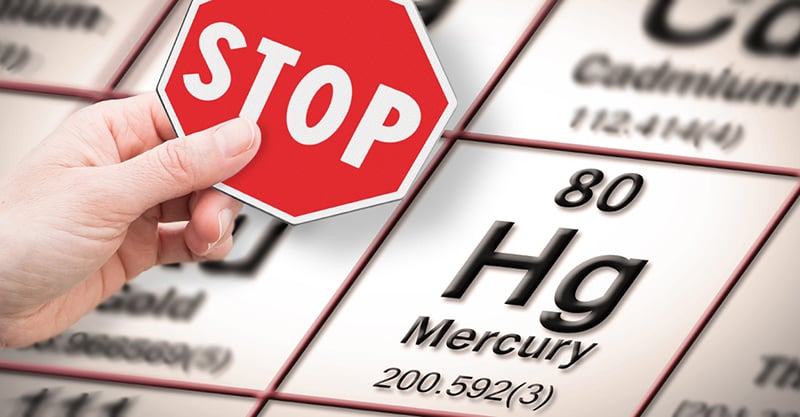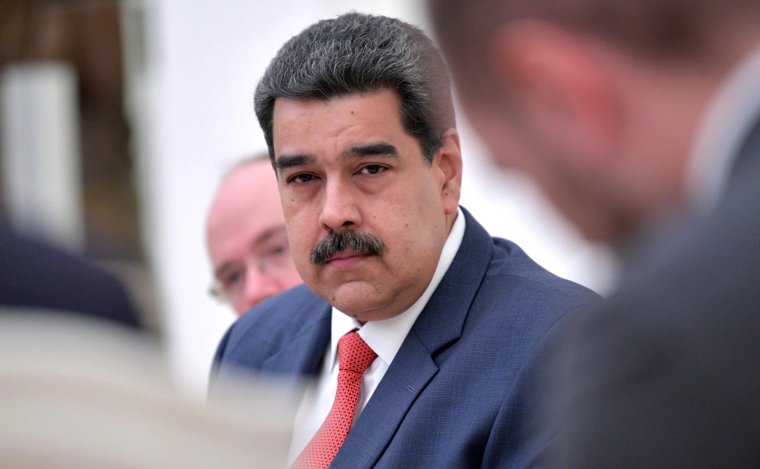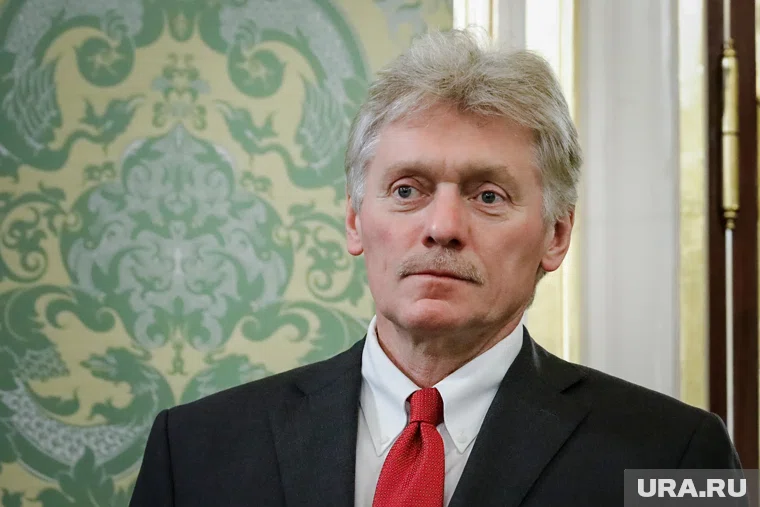HHS Adopts ACIP Recommendation to Remove Thimerosal from All U.S. Influenza Vaccines
WASHINGTON, DC—JULY 23, 2025—U.S. Health and Human Services Secretary Robert F. Kennedy, Jr. took action.
The CDC’s Advisory Committee on Immunization Practices met in June to review and vote on several vaccine recommendations. Shortly before the meeting, however, Kennedy added additional items to the agenda, including a discussion of thimerosal—a preservative that is used in some vaccines. Committee members voted to recommend the reversal of the long-standing recommendation for flu vaccine formulations containing thimerosal. - June 25, 2025
___
Date: 5.11.2025, Time: 4.11 (GMT +2)
Thimerosal History

Historical Development of the Mercury Based Preservative Thimerosal
Before the invention of modern antibiotics and antiseptics, physicians experimented with “germicides,” including acids and mercury-containing compounds, to try to stave off microbial pathogens. Thimerosal was born of these efforts in the early 20th century. Thimerosal is an organic compound made up of equal parts of thiosalicylic acid and ethylmercury. It is 49.6 percent ethylmercury by weight. Thimerosal was developed by Dr. Morris Kharasch, a chemist and Eli Lilly fellow first at the University of Maryland (1922-1927) and then at the University of Chicago. He filed for a patent on June 27, 1929, for what he described as an alkyl mercuric sulfur compound (thimerosal), which he felt had potential as an antiseptic and antibacterial product.
In October 1929, Eli Lilly and Company registered thimerosal under the trade name Merthiolate. Merthiolate was used to kill bacteria and prevent contamination in antiseptic ointments, cremes, jellies, and sprays used by consumers and in hospitals. Thimerosal was also used in nasal sprays, eye drops, contact lens solutions, immunoglobulins, and most importantly here – vaccines. Thimerosal was patented the same year that Alexander Fleming discovered penicillin. To the medical profession, who were without antibiotics during the 1930s and 1940s, thimerosal (marketed as Merthiolate) and other antiseptic products were welcome additions to combating life threatening bacterial infections.
Eli Lilly investigators H. M. Powell and W. A. Jamieson reported in 1931 that various animals seemed to tolerate high doses of thimerosal.
Rabbits, for example, tolerated on the order of 25 milligrams per kilogram of body weight—comparatively much higher than those ever used in vaccines. However, many of those animals given higher doses did die of evident mercury poisoning just days later. Also notable in these early animal toxicity studies and many later research efforts:
The researchers failed to assess or perform socialization behaviors and cognition tests. In other words, though the animals may have survived thimerosal exposure, their social behavior might have been altered as a result of mercury-induced brain damage. During this time period, Powell and Jamieson also reported on the first injection of thimerosal into humans.
In 1929, during an epidemic of meningococcal meningitis in Indianapolis, K. C. Smithburn administered thimerosal to twenty-two (22) ill patients at Indianapolis City Hospital. The thimerosal had no apparent therapeutic benefit, and all the patients died, seven (7) of them within one (1) day of thimerosal administration.
Despite the deaths of all of these patients, Powell and Jamieson described the experiment as a success.
[The FDA standard for drug safety is known as LD 50, LD stands for lethal dose, and the 50 is the percentage threshold of lab animals poisoned to death by the drug tested. As long as the percentage killed is under 50%, FDA will approve it!]
The drug was administered intravenously and the authors reported that their patients seemed to tolerate the high dosages of the 1 percent thimerosal solution. The scientists involved in thimerosal research at the time published a paper that made a brief reference to this study: “Merthiolate was injected intravenously into 22 persons… these large doses did not produce any anaphylactoid or shock symptoms.” But neither of these side effects is associated with toxic mercury exposure, which can take months before presenting symptoms. This study was not designed to examine toxicity; only 7 of 22 subjects were observed for only one day, the specific clinical assessments were not described, and no laboratory studies were reported.
Apparently, because of the abbreviated survival period, the longest that Powell and Jamieson were able to observe a patient was only sixty-two (62) days after the administration of thimerosal. Importantly, the Powell and Jamieson study neglected to mention that the patients given thimerosal by Smithburn were not healthy individuals. It is possible, therefore, that any short-term neurological or other deleterious effects of the thimerosal would have been masked by or attributed to the patients’ meningitis infections.
In the paper, the authors acknowledge that Dr. K.C. Smithburn, the clinician who treated the meningitis patients, was not convinced of its efficacy: “beneficial effects of the drug were not definitely proven.” Drs. Powell and Jamieson also noted in 1930 that a “wide range of toxicity and injury tests should be done.” There is no evidence that Drs. Powell and Jamieson took their own advice and conducted studies to address these concerns. Eli Lilly used the Smithburn, Powell, and Jamieson results for decades as evidence of thimerosal’s safety paving the way for inclusions into various antiseptic products, including nasal sprays, eyewashes, vaginal spermicides, and diaper rash treatments.
Starting in the 1930s, pharmaceutical companies began to use thimerosal in vaccines for the intended purpose of preventing bacterial contamination due to repeated needle punctures into multi-does vials of vaccine.

Thimerosal Timeline: Pre-1999 to 2004
In July 1999, a joint statement by the AAP and Public Health Service was released to the press advising Americans that the amount of mercury in vaccines administered to children, through a preservative called Thimerosal, exceeded Federal Health guidelines. But this wasn’t a revelation. The following “Thimerosal Timeline: Pre-1999 to 2004” created by Put Children First documents when who knew what.

Developmental neurotoxicants and the vulnerable male brain: a systematic review of suspected neurotoxicants that disproportionally affect males
The prevalence of neurodevelopmental disorders (NDs), including autism spectrum disorder, attention‑deficit/hyperactivity disorder, tic disorder, obsessive‑compulsive disorder, and emotional disturbances, has increased notably in the past few decades. To date, debate continues as to the origins of NDs. Increases in widespread exposure to and bioaccumulation of chemical neurotoxicants have paralleled the upsurge in NDs, and are suggested to be causal agents for NDs. One consistent aspect of NDs is the male preponderance.

Review of Thimerosal in Over-the-counter products by the Center for Drug Evaluation and Research (1974-1998)
In 1974, the FDA undertook a comprehensive review of the safety and effectiveness of over-the-counter medicines. As one facet of this review, a panel of experts was assembled to review the safety and efficacy of over-the-counter drugs containing mercury. The Advisory Review Panel on OTC Miscellaneous External Drug Products began this review in 1975. In 1980, the panel delivered its report to the FDA. It reviewed 18 products containing mercury, and found them all either unsafe or ineffective for their stated purpose of killing bacteria to prevent infections.

OSC Forwards Public Health Concerns on Vaccines to Congress
The Office of Special Counsel (OSC) today forwarded to Congress hundreds of disclosures alleging public health and safety concerns about childhood vaccines that include a mercury-based preservative known as thimerosal, and its possible link to neurological disorders, including autism. Notwithstanding a new Institute of Medicine study released yesterday that concludes there is no link between thimerosal and autism, the OSC sent copies of the letters to both Senator Judd Gregg and Rep. Joe Barton, to ensure that the proper Congressional oversight committees are aware of these serious allegations.

Eli Lilly: The History and Politics Involving Thimerosal Containing Vaccines and Neurological Development Disorders Including Autism
In early 2000, a law firm who had filed a court case claiming that thimerosal was not a necessary vaccine ingredient in civil court was able to bypass the National Vaccine Injury Compensation Program (NVICP). During the discovery process the firm received internal documents from Eli Lilly who first patented Thimerosal in 1929. The information below is what the law firm presented to the judge in the case. This document descries the long and sordid history of thimerosal and confirms that this potent neurotoxin can cause neurodevelopmental injury and should never been used in vaccines. As a result of this case, a rider was added to the Homeland Security Bill the night before it was voted on and approved by Congress that included a provision that any company who makes an ingredient used in a vaccine is covered under the NVICP.

Review of Thimerosal by the Food and Drug Administration as Required by the Food and Drugs Administration Modernization Act (1997-1999)
Over-the-counter (OTC) products and vaccines are regulated by different branches of the FDA. OTCs are regulated by the Center for Drug Evaluation and Research (CDER). Vaccines are regulated by the Center for Biologics Evaluation and Research (CBER). The FDA’s determination that mercury was unsafe and should be removed from over-the-counter medications was published in the Federal Register no fewer than five times prior to the FDA’s belated review of mercury in vaccines. What finally prompted the FDA to review mercury in vaccines was not its own regulatory process, but rather an act of Congress.

Thimerosol is a Developmental Neurotoxicant
Dr. Lucier is the Retired Director of the Environmental Toxicology Program, National Institutes of Environmental Health Sciences.
"datePublished":"2016-11-02T06:44:09+00:00","dateModified":"2018-09-07T04:06:43+00:00"
SOURCE
https://childrenshealthdefense.org/known-culprits/mercury/thimerosal-history/
___
___
___
eof















